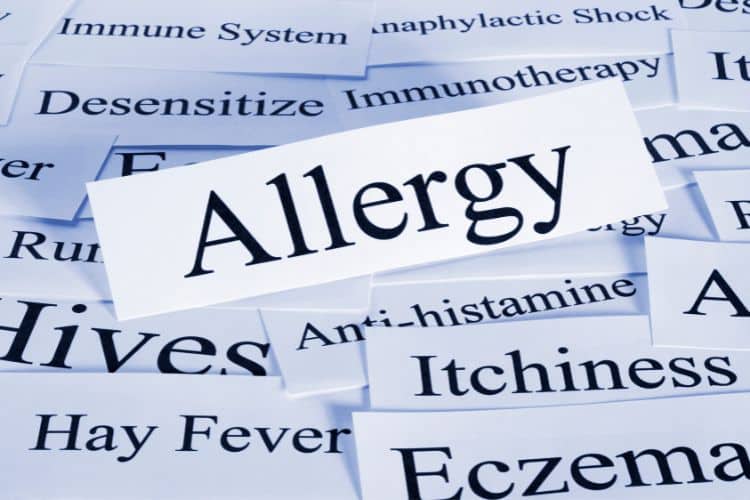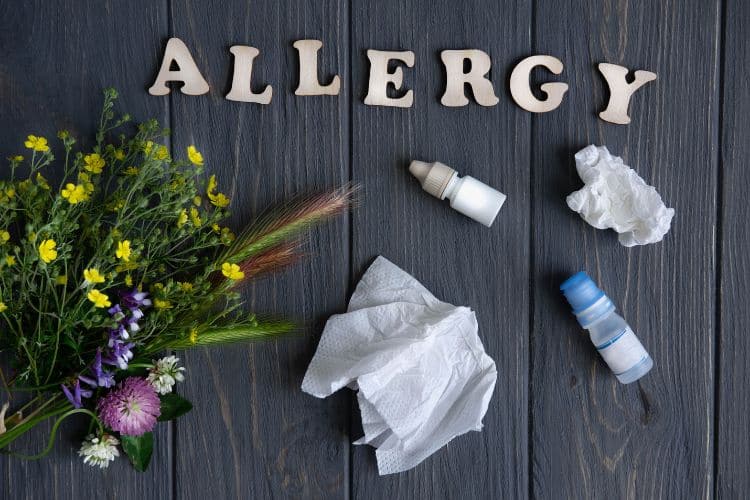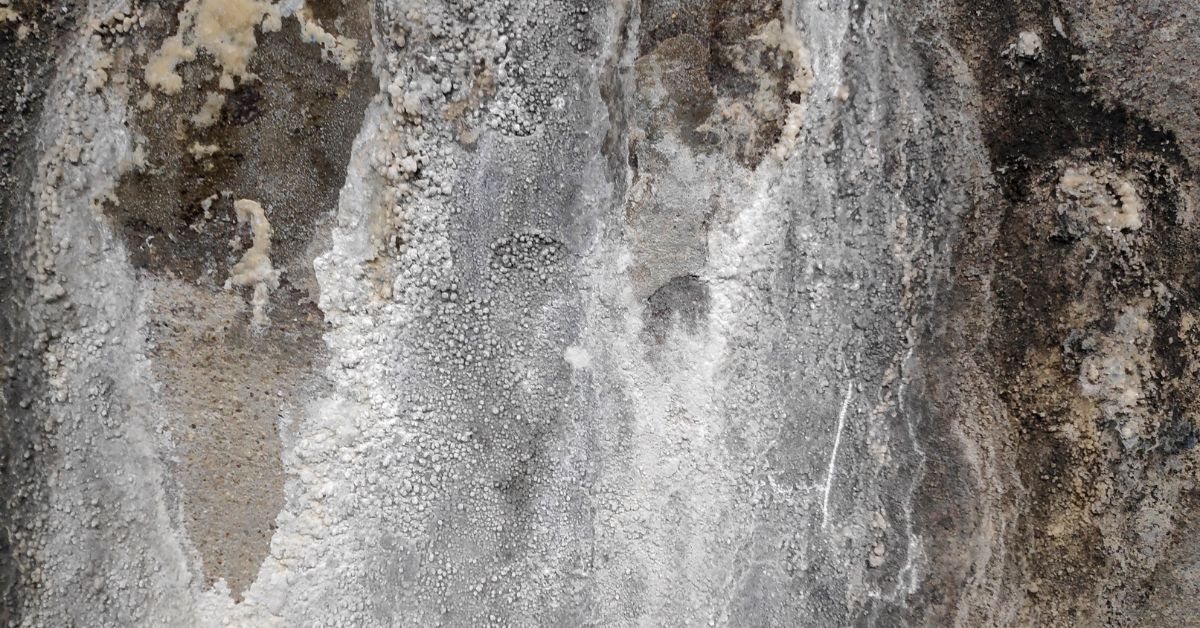Mold allergies are a widespread health issue that can heavily impact those affected, leading to a range of symptoms from mild to severe. Exposure to molds, common in our homes and workplaces, can trigger these allergies, causing considerable distress in daily life. This article delves into the nature of mold allergies, their symptoms, causes, and a comprehensive guide to their prevention and management. By understanding these aspects, individuals can equip themselves with the knowledge and tools to mitigate the impact of this prevalent allergen, leading to healthier living environments and improved quality of life.
What is Mold?
Mold, a type of fungus that thrives in warm, damp environments, is a common household problem that can cause a variety of health issues, especially in individuals with mold allergies. Mold thrives in areas with high humidity levels, such as bathrooms, basements, and damp or wet areas. It can grow on a variety of surfaces, including wood, fabric, and even food. Mold spores release into the air and can cause a range of symptoms, such as sneezing, coughing, and wheezing. If you suspect that you have mold growth in your home, it is essential to address it promptly to prevent further damage and potential health risks.
Causes of Mold Allergies
Mold allergies are a common affliction that can cause a wide range of symptoms. They can be triggered by exposure to a variety of different mold species, including Alternaria, Aspergillus, and Cladosporium. While some people may experience only mild symptoms, others may suffer severe reactions that can interfere with their daily lives. Causes of mold allergies can vary, but moisture and poor ventilation are two common culprits. Additionally, some people may be genetically predisposed to mold allergies or already have weakened immune systems that make them more susceptible to these types of allergies. Regardless of the cause, it is important to seek treatment as soon as possible to minimize symptoms and reduce the risk of complications.
| Symptoms of Mold Allergies | Causes of Mold Allergies | Treatments for Mold Allergies |
|---|---|---|
| Sneezing, runny or stuffy nose | Exposure to mold in damp and humid places | Antihistamines to reduce sneezing, runny nose, and itching |
| Watery, itchy eyes | Spores from mold in the air | Nasal corticosteroids for inflammation reduction |
| Itchy throat or ears | Prolonged exposure to moldy materials | Decongestants to clear a stuffy nose |
| Cough and postnasal drip | Lack of regular mold inspection and removal | Montelukast to block allergy-causing leukotrienes |
| Increased asthma symptoms | High indoor humidity levels | Immunotherapy for long-term allergy symptom reduction |
Symptoms of Mold Allergies
Mold allergies are a common allergy that affects many people all over the world. When exposed to mold, people with mold allergies tend to exhibit a range of symptoms, including itchy or watery eyes, a runny or stuffy nose, and coughing. For some people, mold allergies can even trigger asthma attacks or cause skin irritation. It’s important to learn to recognize the symptoms of mold allergies so that you can take preventative measures to reduce your exposure to mold. If you suspect that you have mold allergies, it’s important to speak with your doctor to develop an effective treatment plan to manage your symptoms. With a little knowledge and awareness, it’s possible to successfully manage mold allergies and enjoy a better quality of life.

Diagnosis of Mold Allergies
Diagnosing mold allergies can be a complicated process, but it is critical to accurately identify the symptoms and underlying causes of the allergy. Mold allergies occur when the body’s immune system reacts to mold spores, which can be found in the air, soil, and on many surfaces. Common symptoms of a mold allergy include sneezing, coughing, wheezing, and itchy eyes. To properly diagnose a mold allergy, a medical professional will typically perform a skin test or a blood test to check for the presence of antibodies that indicate an allergic reaction. Other diagnostic tools may include a medical history review and a physical examination to rule out other potential causes of the allergy. Once a mold allergy is identified, a comprehensive treatment plan may include medication, avoidance of mold exposure, or immunotherapy. With the right diagnosis and treatment, individuals with mold allergies can effectively manage their symptoms and enjoy a healthier, mold-free lifestyle.
Treatment for Mold Allergies
Suffering from an allergic reaction to mold can be a frustrating and uncomfortable experience, with symptoms ranging from itchy eyes and a stuffy nose to respiratory distress. Thankfully, there are treatments available to help manage mold allergies and reduce symptoms. The first step in treatment is to identify and eliminate the source of mold in your environment. This may include improving ventilation, fixing leaky pipes, or installing a dehumidifier. Additionally, antihistamines and nasal corticosteroids can be prescribed by your healthcare professional to alleviate symptoms, while immunotherapy may be recommended for severe or chronic allergies. By taking a comprehensive approach to treatment, those with mold allergies can find relief and enjoy a better quality of life.

Prevention of Mold Allergies
Mold allergies can be a serious problem for those who suffer from them. Whether it’s because of exposure to the allergens in their homes or workplaces, or because of the presence of mold spores in the air they breathe, people with mold allergies need to take steps to protect themselves. One of the best ways to prevent mold allergies is through regular mold inspection and mold removal. This can help to identify and eliminate mold before it has a chance to spread and cause problems. Additionally, there are a number of other steps that people with mold allergies can take to reduce their risk of exposure, including using air filters, keeping humidity levels low, and avoiding contact with moldy materials. By following a comprehensive guide to mold allergies, individuals can learn about the symptoms, causes, and treatments available, and take the steps necessary to protect themselves from this common allergen.
Conclusion
In conclusion, mold allergies are a prevalent and potentially serious health concern. The symptoms can range from mild to severe, significantly impacting the quality of life for those affected. However, with the right knowledge and proactive measures, it is possible to effectively manage and prevent these allergies. Regular inspection and elimination of mold sources, maintaining optimal indoor humidity, and use of appropriate medical treatments are all crucial steps toward this goal. By understanding the causes and manifestations of mold allergies, and by implementing comprehensive prevention and treatment strategies, individuals can successfully navigate this health challenge and lead healthier lives.




